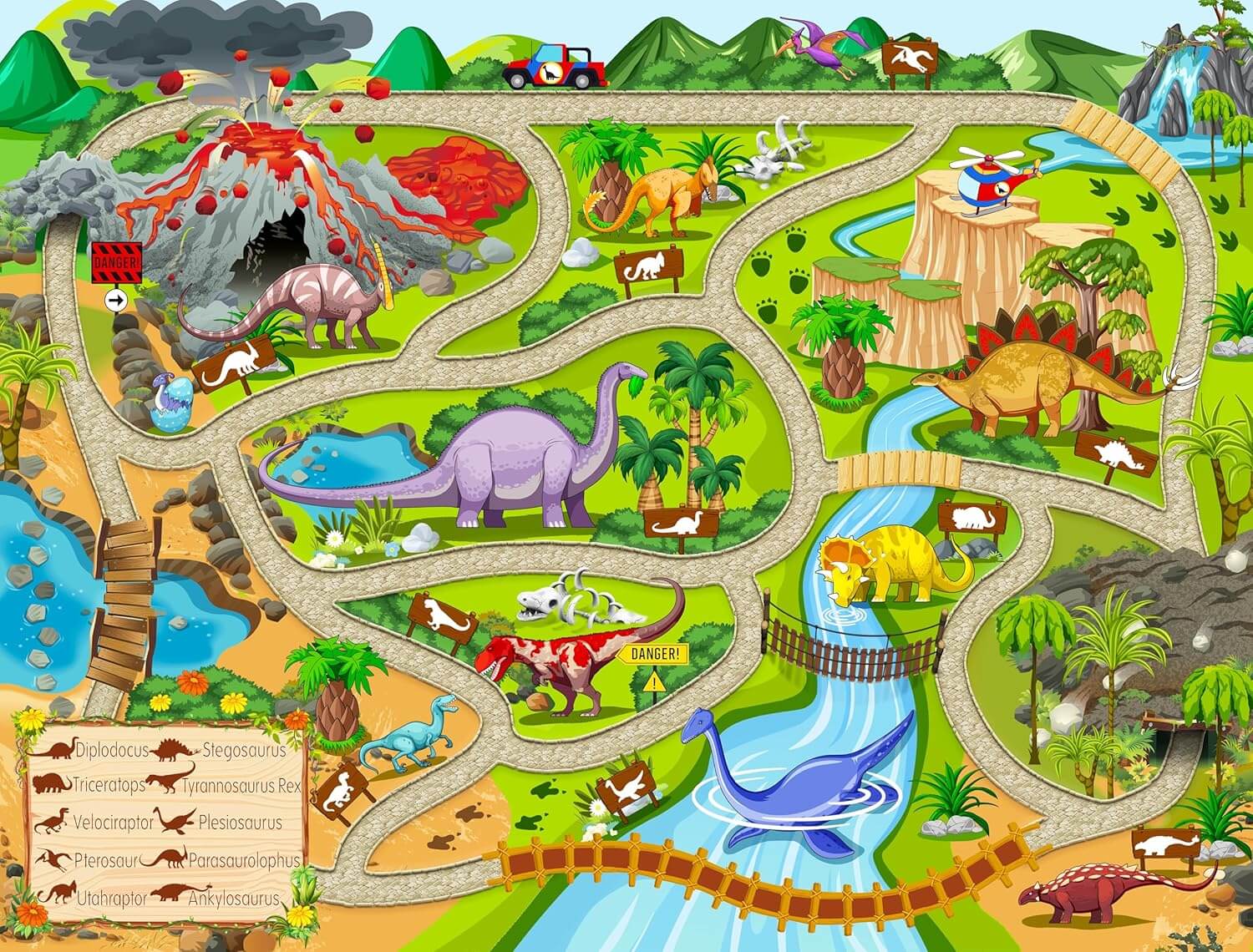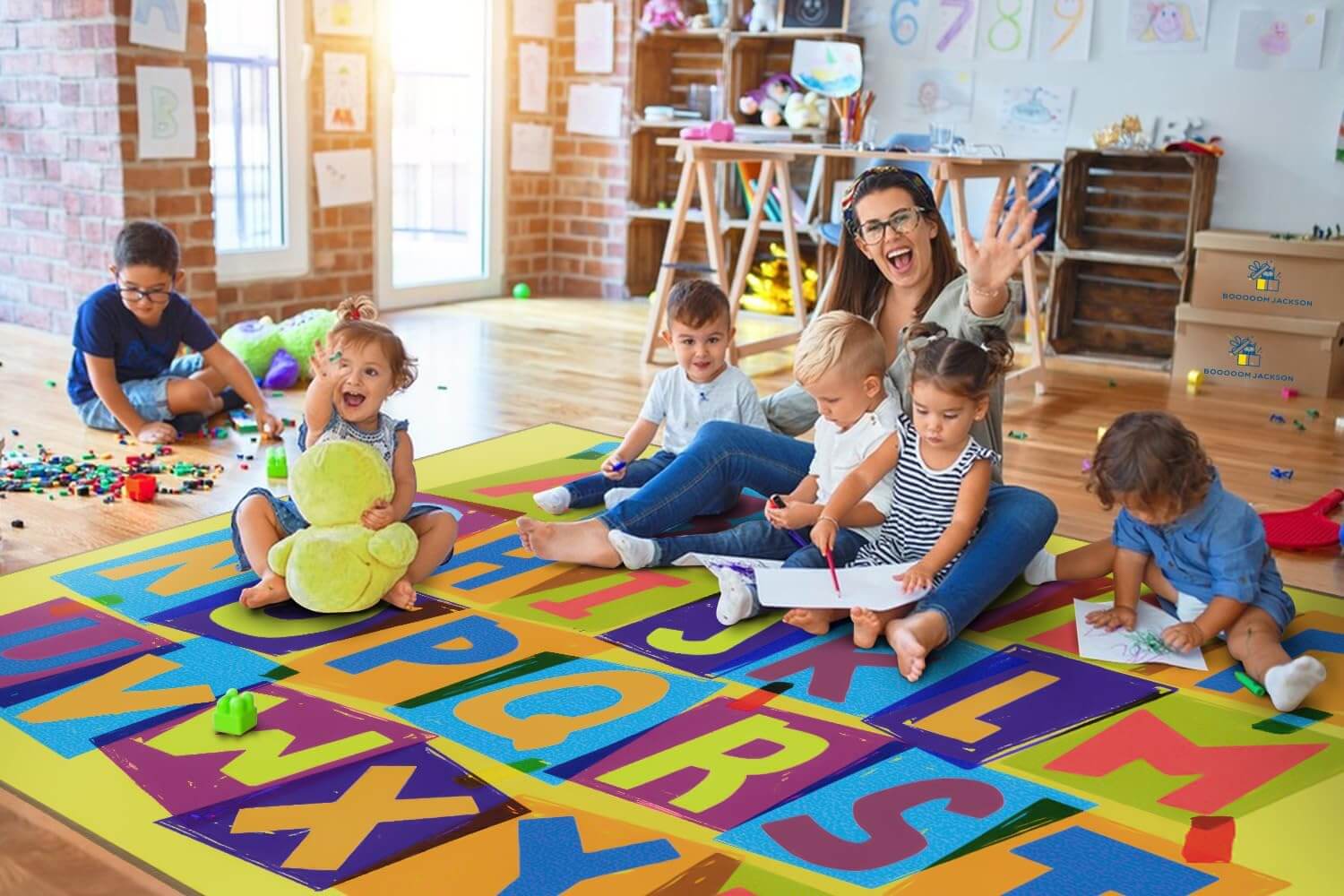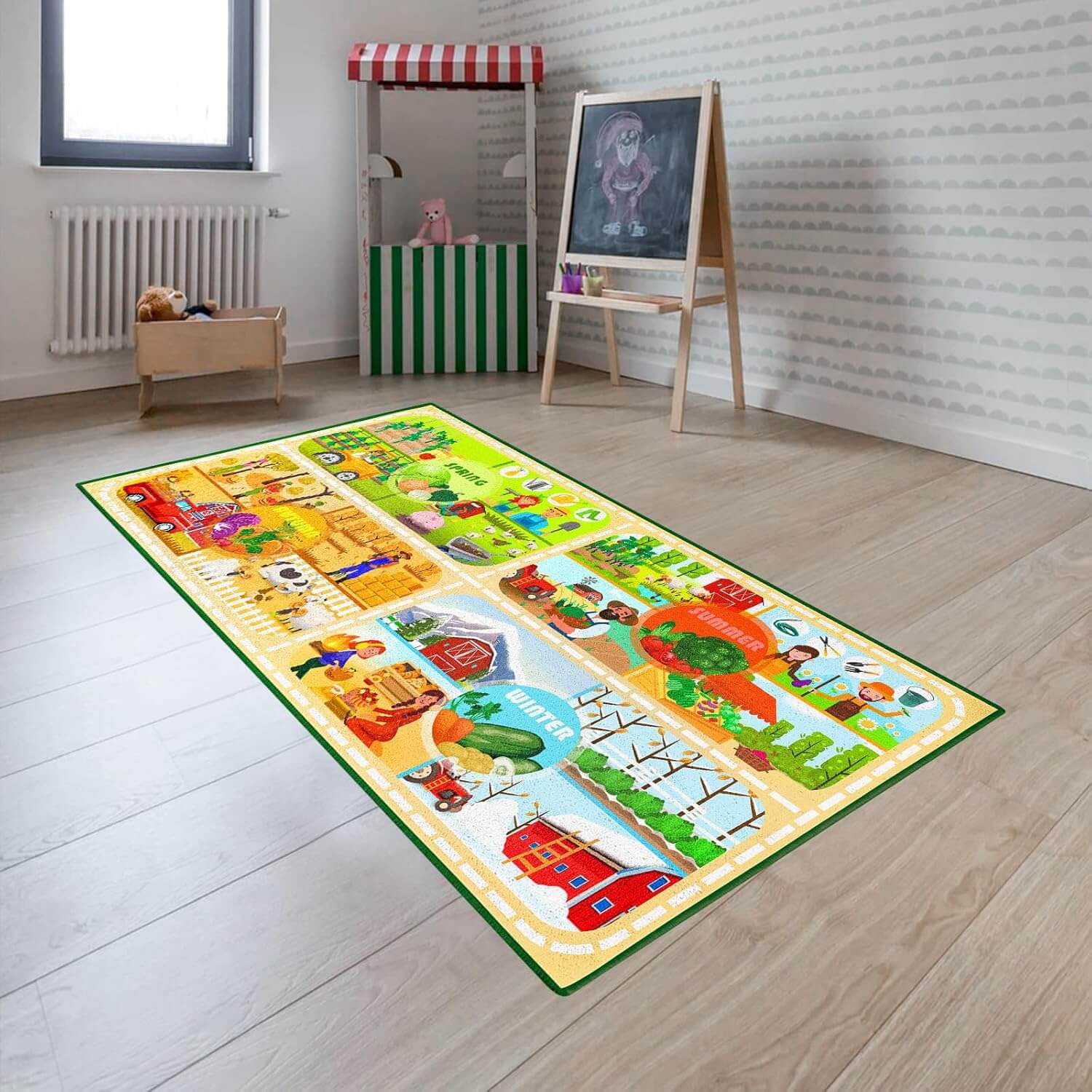Y'all seen those viral classroom setup videos on TikTok? The ones where teachers transform ordinary classrooms into these amazing, zoned wonderlands with carpet areas that have kiddos absolutely buzzing with excitement? This ain't your mama's classroom layout, friends!
Why Classroom Carpet Zones Are Taking Over
Gone are the days of rows upon rows of identical desks facing the front! Today's savviest teachers are creating dynamic learning spaces with strategic carpet zones that kiddos can move between throughout the day.
According to research from Edutopia, flexible learning environments can boost engagement by a whopping 45% compared to traditional setups. That's because different learning tasks benefit from different environments – and carpet zones make these transitions smooth as butter!
As one Mississippi third-grade teacher shared on her viral TikTok, "My classroom management problems practically disappeared when I switched to carpet-based zones. The kiddos know exactly where to go for each activity, and they LOVE having choices!"
The Magic of Choice-Based Classroom Layouts
The secret sauce? Student autonomy! When children can choose where and how they learn best, ownership over their education skyrockets. Educational psychologists call this "self-determination theory" – the idea that humans thrive when they have autonomy, competence, and relatedness.
With strategic carpet zones, students learn to:
- Recognize their own learning preferences
- Make responsible choices about workspace
- Transition independently between activities
- Collaborate effectively in different settings
One particularly clever Texas kindergarten teacher used different carpet textures to help her littles self-regulate: "My sensory-seeking kiddos naturally gravitate toward the more textured carpet corner during reading time. They're getting the input they need while staying engaged with the story!"
Popular Carpet Corner Configurations
The TikTok teacher community has been sharing all sorts of creative carpet zone setups:
The Four-Corner Classic
This layout features four distinct carpet areas in room corners:
- A plush reading nook with pillows and books
- A collaboration station with a circular carpet for group work
- A teacher-led instruction area with seating spots
- A creation corner with art supplies and building materials
The Learning Pathway Design
This arrangement uses runner carpets to create "roads" between different learning stations, perfect for kiddos who need movement opportunities throughout the day.
The Flexible Pod System
Multiple smaller carpet areas scattered throughout the room, each designed for 3-4 students to work together on specific projects or subjects.
Choosing the Right Carpets for Your Zones
Not just any old carpet will do for these dynamic spaces! The most successful classroom carpet zones feature:
- Clear Boundaries: Defined edges that help children understand where one zone ends and another begins
- Visual Signals: Colors or patterns that indicate the zone's purpose
- Appropriate Textures: Surfaces that support the activity (firmer for writing, softer for reading)
- Durability: High-quality materials that can handle daily transitions and movement
- Easy Cleaning: Because, let's be real, spills happen!
The Classroom Management Revolution
Y'all won't believe how much smoother your day flows with well-designed carpet zones! According to the National Education Association blog, strategic classroom design can reduce behavior issues by creating clear expectations through environmental cues.
"My favorite management hack is our carpet corner timer system," shares a viral Louisiana teacher. "When the gentle chime sounds, kiddos know it's time to clean up their current carpet corner and transition to the next activity spot. No more shouting over the class!"
Carpet Zones and Academic Success
This trend isn't just about cute classroom aesthetics! Research published in Learning Environments Research journal suggests that well-designed flexible learning spaces can positively impact:
- Reading comprehension
- Collaborative problem-solving
- Independent work skills
- Creative thinking
- Overall academic performance
One particularly impressive study found that students in flexible learning environments showed a 12% increase in task completion compared to traditional classroom setups.
Getting Started with Classroom Carpet Corners
Ready to jump on this trend? Start small with these steps:
- Observe your current flow: Note where students naturally gather and what spaces feel awkward
- Survey your students: Ask them where they feel most comfortable learning different subjects
- Start with one zone: Transform a single corner with a dedicated carpet and clear purpose
- Teach the expectations: Explicitly model how to use each carpet zone
- Iterate based on feedback: Be willing to adjust as you see what works!
Our friends at Boooom Jackson offer a fantastic selection of classroom rugs perfect for creating these specialized learning zones.
The Joy of Flexible Learning
There's something downright magical about watching a child discover their perfect learning spot. As one Georgia teacher put it in her TikTok that racked up over 2 million views, "I had this student who struggled focusing all year. When we switched to carpet zones, he found that sitting against the wall on our green carpet corner with a clipboard was HIS spot. His writing output doubled in two weeks!"
This approach honors a simple truth: children aren't one-size-fits-all learners. By creating diverse, welcoming carpet corners, we're telling our students, "Y'all are unique, and that's something to celebrate!"
What carpet zone ideas have y'all tried in your classrooms? We'd love to hear your success stories in the comments!




Leave a comment
This site is protected by hCaptcha and the hCaptcha Privacy Policy and Terms of Service apply.